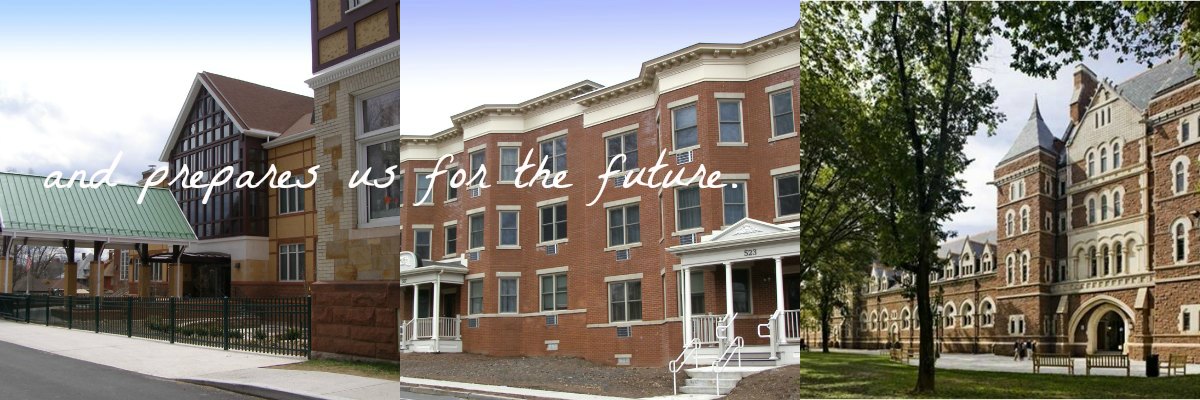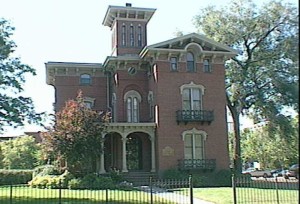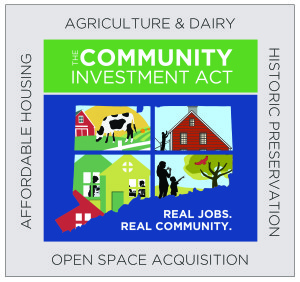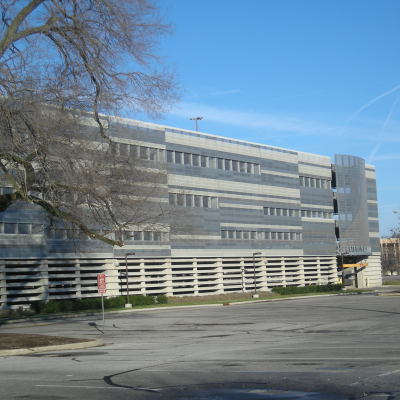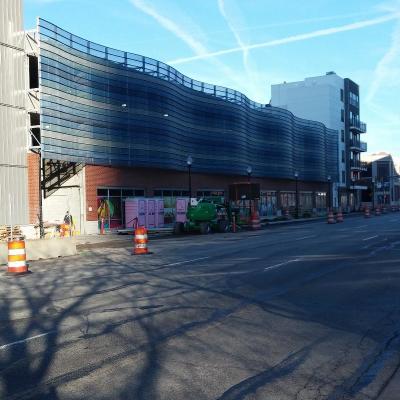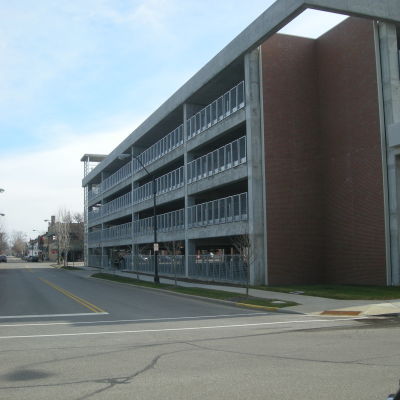For those of us who have been associated with Coltsville becoming a national park there are many exciting events incorporated with this spectacular win for Hartford. However, for this scribe, nothing surpasses the opportunity to participate in meetings with Jared Edwards. Long the voice of historic preservation here and throughout the State his presence guarantees that his opinion matters. But more to the point of this blog, is Jared’s encyclopedic knowledge of buildings and the history of them here in Hartford. Who knew that there is a building behind Armsmear (the Colt mansion) that hosted cock fights? Still exists and rumored to have a very impressive interior for such a gruesome utility. Further, there is a house across the street from Armsmear along Wethersfield Avenue which has a pretty juicy history with perhaps a touch of scandal. He has cleared up for me several misconceptions of buildings largely accepted as the truth. He knows his stuff. I now look forward to sitting in on meetings about Coltsville solely because I am certain to learn something about the history, architecture and…….gossip associated with the buildings. Perhaps we might encapsulate some of the lore for visitors which can contribute to making Coltsville a deservedly terrific national park.
All fine but it seems to me that we need to create a series of public events where Jared Edwards can speak to Hartford’s historic bones. We need to capture his knowledge and bask in it as we work to preserve and retain the important fabric of the City. Stay tuned, we might just organize our own “Jared Edwards Tonight”. We all strive to be “good company”. Jared Edwards is good company and Hartford has him!






